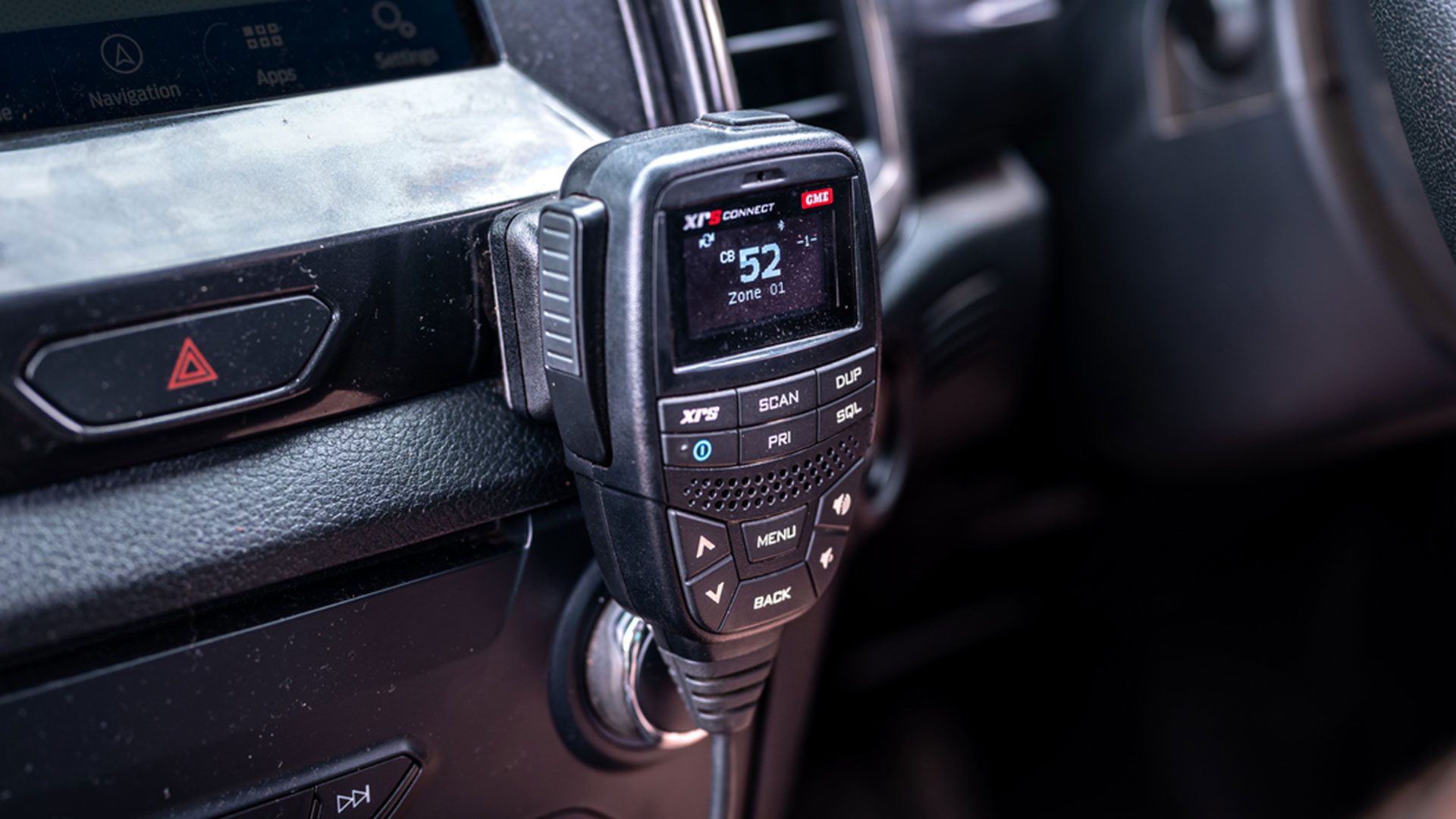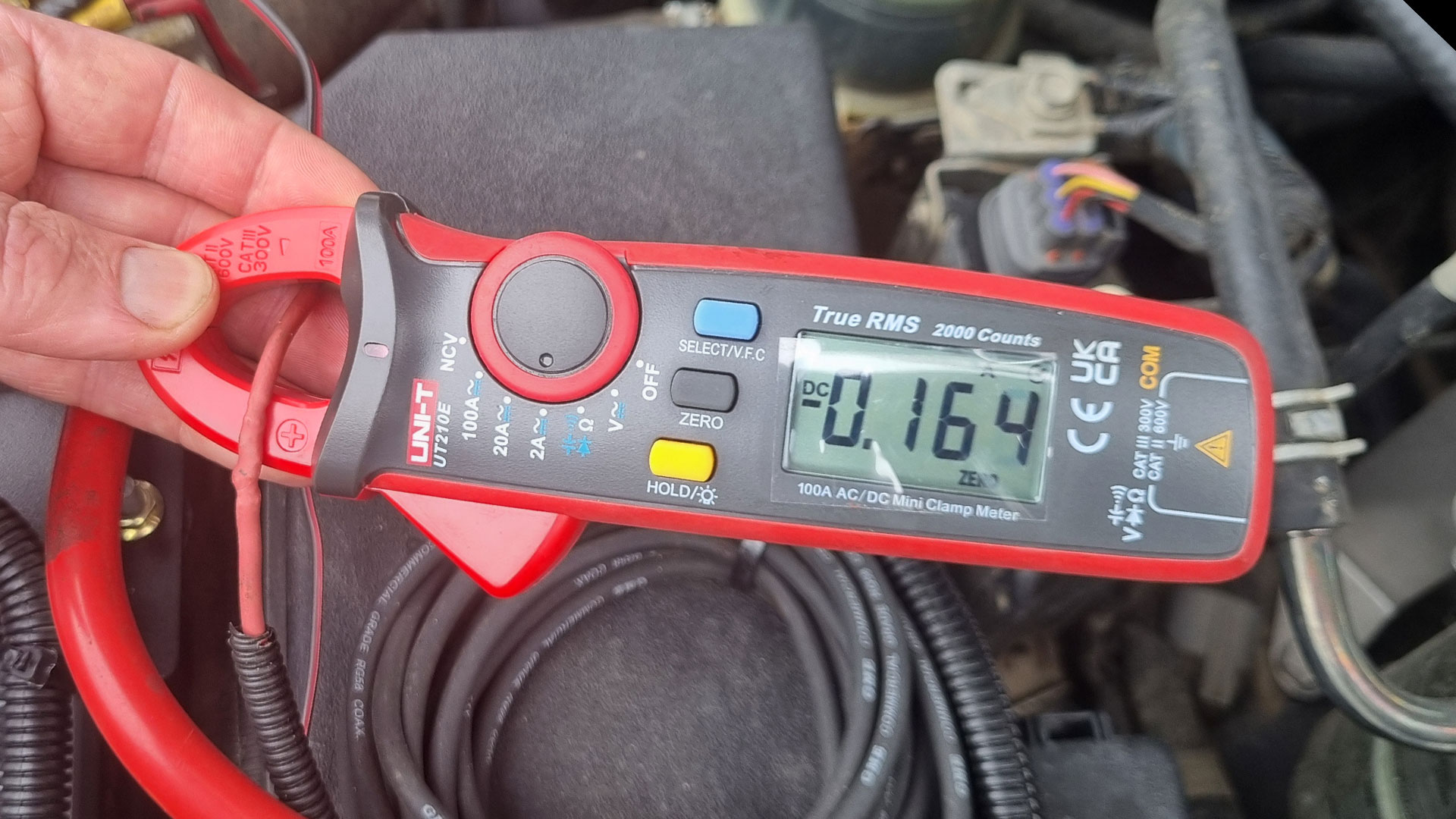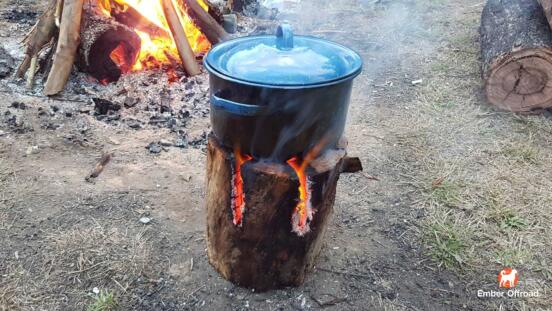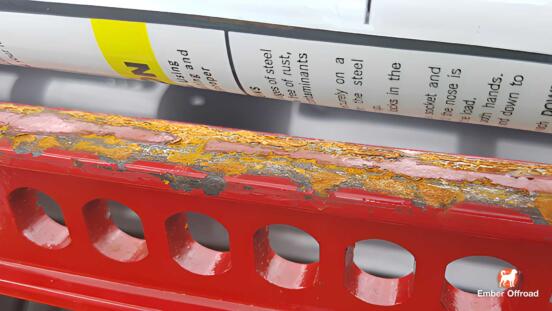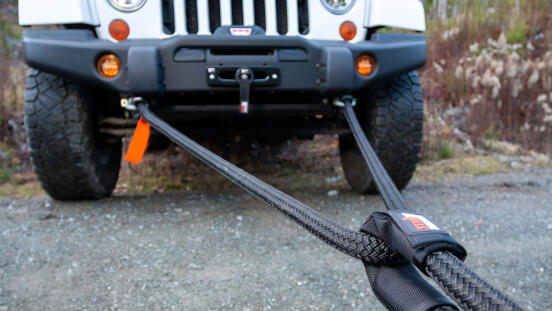Image credit: Outback Equipment
When trying to meet up with friends off-road in remote areas, it's not uncommon to have no phone reception. If you're meeting up to explore somewhere new, this often leaves you with using your UHF radio to find each once you're in the vicinity.
But if you're there hours or days early, how long can you leave your UHF on without draining your battery? This is the question from one reader:
I've got an old GME 5W UHF radio that is connected to a 6db antenna.
I have an 80 amp-hour flooded lead acid starter battery, and I'd like to know how much power the UHF radio is drawing when left on, and how quickly it will flatten my battery.
The closest answer I could find talks about dividing the 5-watt UHF by the 12 volt battery which is 0.41 amps. Is this what it uses per hour?
It's not, no.
The above math of calculating amps by "drawing 5W/ 12V = 0.41A" is correct, but, in the case of a UHF radio "5-watts" refers to the transmission power through the antenna only; this does not include powering the radio itself, the speaker when receiving a transmission, etc.
This also doesn't factor in that your 4x4's "12-volt" starter battery will actually be sitting somewhere between 12.6v to 12.8v for standard lead acid or AGM batteries if they're in good health.
For common mounted UHF radios, manufacturers don't typically include the amount of current drawn (which is measured in amps) in their radio spec sheets. I suppose this information is considered irrelevant for the most part, on the assumption you will be driving your vehicle while using the radio, with your alternator charging the battery as you do.
That aside, we can make some good estimates from a few calculations and examples. The GME TX3500S and TX3100 are 5W UHF radios which both use a 2 amp fuse, making the maximum amount of current the unit can be drawing at any time 2 amps. Adding a 25% safety buffer to that, the maximum draw is more likely around 1.5 amps.
We're ultimately using 18-24 watts of power for a 5-watt transmission, based on this 1.5A - 2A draw.
For the question at hand though - how long will it take your UHF to drain your starter batter - the good news is that while your radio is idle, the current draw will be far less.
As already mentioned, detailed power consumption specs for fixed-mount radios can be hard to find, but we can make some comparisons by looking at the power consumption of a portable 5-watt UHF radio where specs are provided.
In this case, the GME TX6160, which provides the following figures:
- Li-ion rechargeable battery - 7.4V DC, 2.6A
- Operating Time Low Power: Up to 30 hrs
- Operating Time High Power: Up to 18 hrs
- (Transmit 5%, Receive 5%, Standby 90%)
With the unit's 2.6A lithium battery, if we average out the 18 hours from "High Power" operating time as a worst-case scenario, this is a draw of just 0.14A; less than a 10th of the power used for transmitting on our mounted unit calculations above.
If you have an appropriate volt-meter or clamp-meter, you can measure your actual radios standby draw.
Above you can see me measuring my Uniden mounted UHF on standby, drawing 0.16A according to the clamp meter. Nearly the same as the handheld radios 0.14A. If you don't have the spec sheet or tools to calculate or measure your specific radio, it shouldn't be too far off these figures.
So, how quickly will this drain your battery in practice?
It's important to note in the original question that we're talking about an 80 amp-hour (AH) lead acid starter battery. When using lead acid chemistry batteries, you can actually only use half of the rated power before the battery is "dead". The reasons behind this are a topic all of their own, but let's just say we have 40AH of usable power for our purposes.
Drawing the 0.16A of current as shown above, we could theoretically run just the UHF radio for 250 hours before completely draining the battery. In practice, this isn't actually going to be achievable as there will be other vehicle systems also creating a small draw on the battery, and of course, we would never want to completely drain it.
Your particular vehicle's hard limit on how long you can/should leave your radio will depend on too many factors to provide a one-size-fits-all answer here, but as you can see, the draw of a UHF radio on standby is pretty minuscule compared to the buffer of a decent size battery.
Leaving your radio on for 12-24 hours while waiting for your fellow off-roaders to arrive should have no negative impact at all on a decent-sized, healthy battery.
Related topic: UHF radio realistic, real-world ranges
# How quickly will a UHF radio drain the starter battery, how long before UHF radio flattens car battery.

